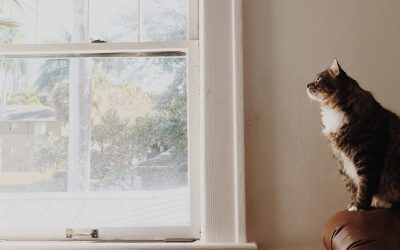The energy savings provided by window film is based on the amount of visible and infrared light absorbed or reflected by the film. While ultraviolet (UV) light also contributes to heat gain, it is generally omitted from comparisons because most window films reject 99% of UV light.
The principle is easy to understand: the more visible and infrared light that a film rejects, the more you reduce your energy costs. The maximum performance that modern window films are able to achieve is around 80% heat reduction. These films have a mirror-like reflective exterior and are generally only used in commercial applications, or for skylights.
Most films that are used in residential settings block around 55% of solar heat from entering the home. These films sacrifice a little performance to gain aesthetic appeal. Residential films are lighter in colour and are far less visibly reflective than the high-performance films used in commercial settings. Homeowners generally appreciate this trade-off.
Spectrally selective films are ideal for homes that experience hot summers and cold winters, such as the ones we get in Calgary. These films reject high amounts of infrared light, which means that they block heat in the summer and retain heat in the winter. These films are favourites for their versatility, and because they are not reflective or dark. The combined energy savings from summer heat rejection and winter heat rejection usually falls between 35%-50%.
Energy saving window film will pay for itself in energy savings between 2 and 5 years after installation.
As there are many factors that influence your energy bills, including the compass orientation of windows, number and size of windows, type of glass, and light-blocking greenery, it is impossible to accurately calculate exactly how much window films will reduce your energy consumption. Any heat issues caused by north facing windows with little to no direct sunlight probably won’t be solved by window film and are likely caused by leaks or poor circulation. However, you will quickly notice performance benefits from adding window film to south facing windows that get direct sunlight throughout the day. East or West facing walls with large proportions of glass will also benefit greatly from window film.
As a rule of thumb, energy saving window film will pay for itself in energy savings between 2 and 5 years after installation – and the savings will continue for decades. Ask us how window films can work for you.



